Inclusive Coding for Students with Visual Impairments
The Applied Design, Skills, and Technologies curriculum in British Columbia emphasizes "the ability to design, make, acquire, and apply skills and technologies" and recognizes that this "is important in the world today and key in the education of citizens for the future." In the context of promoting digital literacy across the K-12 years, teaching coding has the advantage of empowering students to take control of technology and works to build mastery in skill domains such as logic, problem-solving, critical thinking, and sequencing.
With a workforce characterized by a growing emphasis on digital skillsets, teaching coding skills to students with visual impairments has the potential to spark an interest that may lead to an exciting career! The PRCVI outreach team, in collaboration with SET-BC, has worked to create or make available resource materials and kits to support the development of coding skills for students of various grade levels. This page outlines a continuum of options for teaching coding to students with visual impairments. While these options may be optimally targeted to learners at a particular grade level, they are fun and engaging for everyone!
- Adapted Code and Go Robot Mouse Kit for students in the primary years
- Swift Playgrounds Tactile Puzzle Worlds for students in the intermediate years
Accessible Coding for the Primary Learner
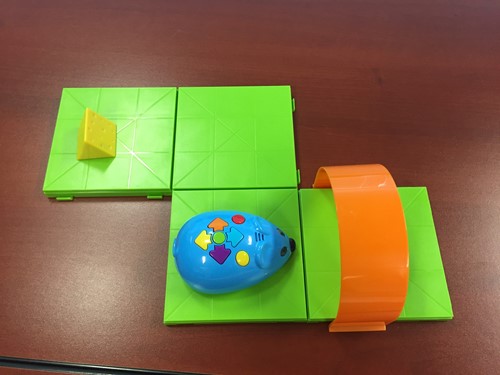 Working with the team at SET-BC, PRCVI has made a favourite kit for teaching early coding abilities more accessible for students with visual impairments. The Code and Go Robot Mouse Kit builds hands-on coding skills as students build a series of increasingly more complex routes and then program a robot mouse to navigate a pre-planned route to arrive at her goal - a piece of cheese! This kit is available from SET-BC as a SETDirect Kit and the adapted version for students with visual impairments is available from PRCVI.
Working with the team at SET-BC, PRCVI has made a favourite kit for teaching early coding abilities more accessible for students with visual impairments. The Code and Go Robot Mouse Kit builds hands-on coding skills as students build a series of increasingly more complex routes and then program a robot mouse to navigate a pre-planned route to arrive at her goal - a piece of cheese! This kit is available from SET-BC as a SETDirect Kit and the adapted version for students with visual impairments is available from PRCVI.
Adapted Code and Go Kit
With interlocking tiles that set tangible parameters for the activity space as well as directional keys on the mouse robot that are easily discriminated, the Code and Go Robot Mouse Kit comes "out-of-the-box" with several features that are more accessible to students with visual impairments than other robot coding kits that rely more on visual access to the activity space. The PRCVI Outreach Team has adapted the kit in order to promote access and engagement for students with visual impairments. Some of these adaptations are outlined below:
|
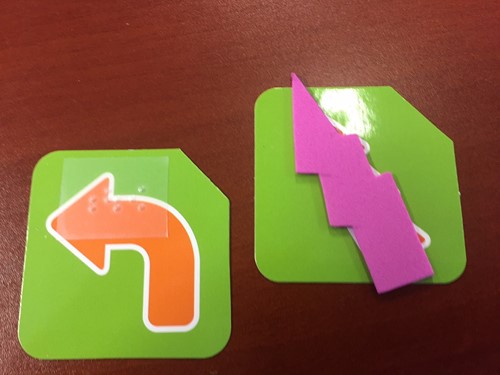 |
|
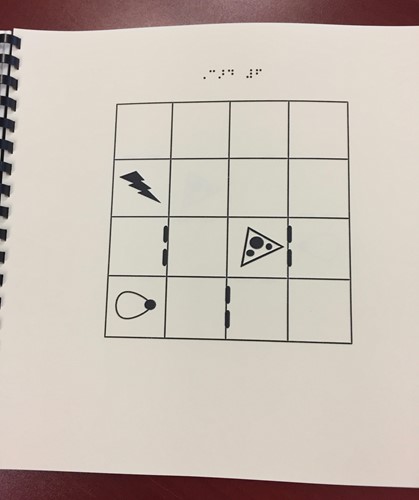 |
|
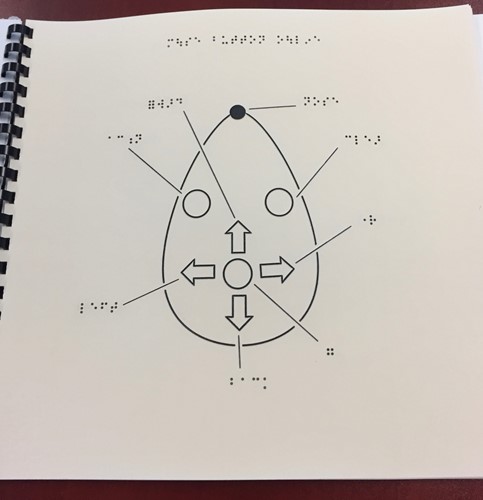 |
Teaching Coding as an Inclusive Practice
As mentioned above, the unadapted version of the Code and Go Robot Mouse Kit is available as a SETDirect kit from SET-BC. When this kit is used with an entire class, the teacher of students with visual impairments (TSVI) can request the kit on loan from the PRCVI Library. With the adapted version, the student with a visual impairment can participate in the same coding activities as their peers.
The adapted kit can also be requested on its own to work with the student with a visual impairment in a small group of peers or individually. TSVIs have reported numerous applications of the Code and Go Robot Mouse Kit:
- As a fun cooperative activity to share with peers.
- As a means of working on problem solving and communication skills.
- As a tool for orientation and mobility specialists to work on planning and executing simple routes with the student.
- As a tool for working on more effective strategies for using tactile graphics and diagrams.
Accessible Coding for the Intermediate Learner
Where the Code and Go Robot Mouse Kit provides a hands-on, lower-tech means of learning and experimenting with coding concepts, options targeted to older learners incorporate the use of markup languages for building more elaborate digital products. In partnership with teachers of students with visual impairments, Apple has ensured that its Swift Playgrounds app is accessible using VoiceOver.
An exciting development is the release of the Swift Playgrounds Tactile Puzzle Words graphics produced by Apple in collaboration with the San Francisco Lighthouse. The teacher's guide is available as a free download.
The files for the corresponding tactile graphics are also available as a free download from Apple. PRCVI has produced a number of tactile volumes:
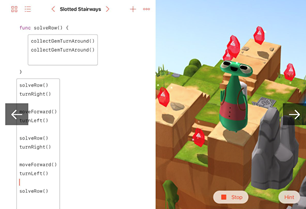
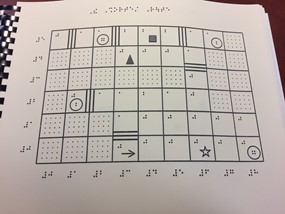
Photo credit: Perkins eLearning
When getting started, students and teachers may want to check out this series of instructional videos for students on how to use the Swift Playgrounds App using VoiceOver created by the Hadley School.
For more information and lesson ideas, please contact the PRCVI Outreach Team.
Quicklinks
